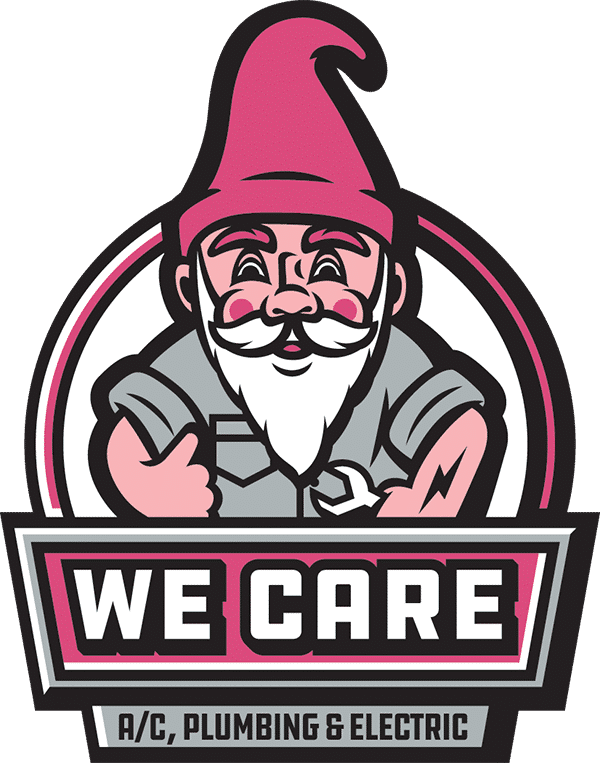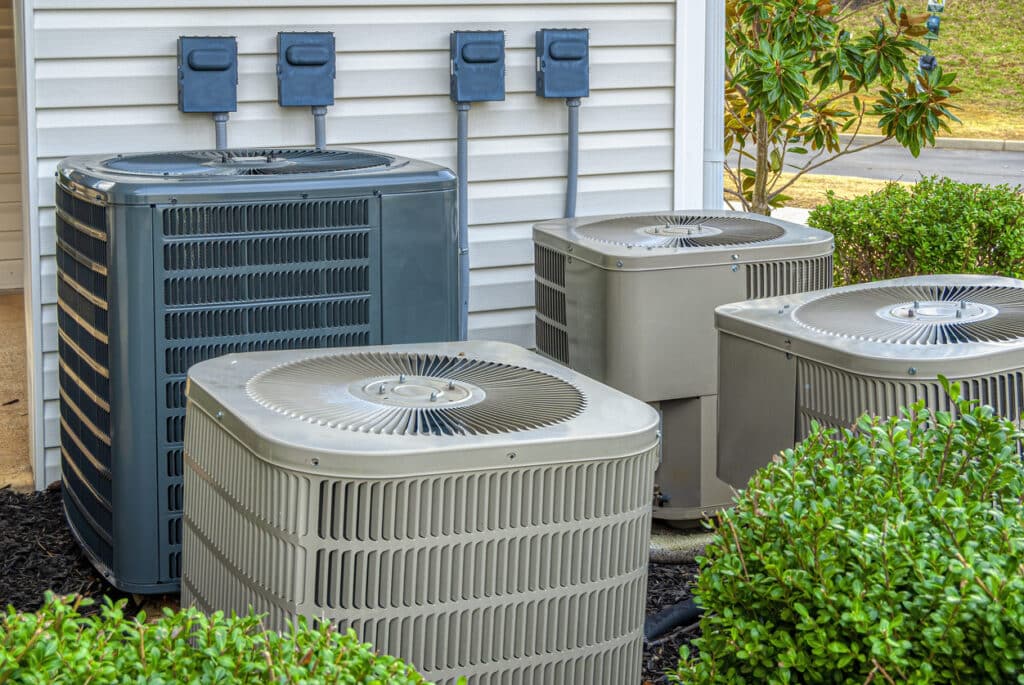Heating, Ventilation, and Air Conditioning (HVAC) systems are essential for modern buildings, providing optimal indoor comfort by regulating temperature, humidity, and air quality. Several are the most commonly used choices for residential and commercial spaces among the various HVAC types available. Understanding these systems is crucial for property owners, facility managers, and homeowners alike, as it empowers them to make informed decisions about their climate control needs.
1. Split Systems
Split systems are among the most widely used HVAC solutions due to their versatility and energy efficiency. Consisting of both indoor and outdoor units, split systems operate using a refrigerant that cycles between them. The indoor unit, housing the evaporator coil, cools or heats the air as needed, while the outdoor condenser unit dissipates or absorbs heat. This separation of components allows for quieter indoor operation and the ability to cool or heat individual rooms. Split systems are commonly employed in residential and commercial settings, offering cost-effective and precise climate control.
2. Packaged HVAC Units
Packaged HVAC units are the go-to choice for larger spaces requiring centralized cooling or heating. These systems house all necessary components in a single outdoor unit, including the compressor, condenser, and evaporator. This compact design simplifies installation and maintenance, causing packaged units to be favored in commercial buildings such as offices, retail stores, and warehouses. Some packaged units also incorporate advanced features like air purification and humidity control, contributing to improved indoor air quality.
3. Ductless Mini-Splits
Ductless mini-split systems have gained popularity for their flexibility, especially in spaces without ductwork. These systems comprise an outdoor condenser unit linked to one or more indoor air handlers. The air handlers can be mounted on walls or ceilings and are operated independently, enabling zoned heating and cooling. Ductless mini-splits are energy-efficient and allow occupants to customize comfort levels in various zones. They are suitable for room additions, converted garages, and areas with specific heating or cooling requirements.
4. Central HVAC Systems
Central HVAC systems are commonplace in both residential and commercial settings. They employ a network of ducts to distribute conditioned air throughout a building. A central unit, usually placed outside or in a dedicated mechanical room, heats or cools the air, which is transported through the ductwork to individual rooms. These systems offer comprehensive climate control and can be equipped with various filtration options to enhance indoor air quality. Central HVAC systems are highly effective for maintaining consistent temperatures in larger spaces.
In the realm of HVAC systems, various options exist to suit various building types and climate needs. Understanding the most common HVAC system types is a valuable step toward achieving optimal indoor comfort and energy efficiency. At We Care Heating, Cooling, Plumbing & Electric Conditioning, serving Central Georgia from Warner Robins and the Florida Panhandle from Niceville, we provide expert cooling installation and other HVAC options to ensure energy efficiency and customer comfort.


